- Maruti Suzuki India
- Hyundai Motor India
- Tarun Garg
- CNG
- Mahindra & Mahindra
- Veejay Nakra
- Dow Jones Sustainability Index
- Toyota Kirloskar Motor
- Sabari Manohar
- JSW MG Motor India
- Windsor
- Nissan Motor India
- Saurab Vatsa
- Volvo Eicher Commercial Vehicles
- VECV
- Bajaj Auto
Automakers In India Ring In New Year With A Mixed Bag Of Results
- By MT Bureau
- January 01, 2025
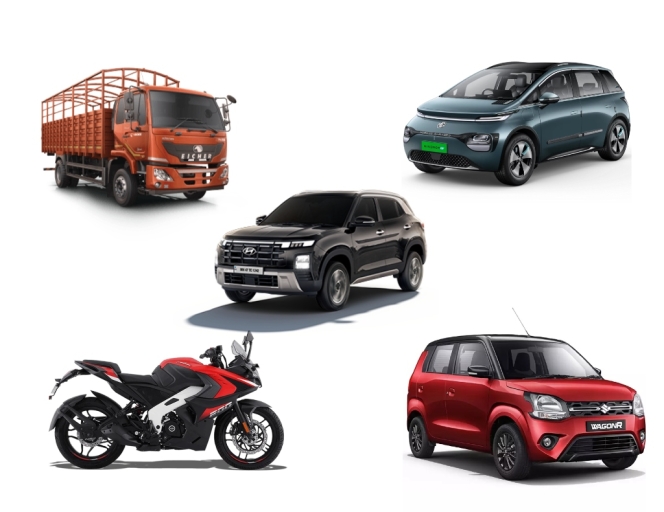
The first day of the new year has come with a slew of unexpected numbers for the automotive industry in India. In December 2024, automakers reported a wide variation in their wholesales ranging from strong robust double-digit growth to flat growth to even negative sales in the domestic market.
The country’s largest passenger vehicle manufacturer Maruti Suzuki India reported sales of 130,117 units in December 2024, up 24 percent YoY, as against 104,778 units for the same period last year.
Hyundai Motor India clocked 42,208 units for the same period, down 1.3 percent YoY, which it said was on the back of strong headwinds faced by the industry.
Tarun Garg, Whole-time Director and Chief Operating Officer, Hyundai Motor India, said, “HMIL has managed to sustain sales momentum in 2024, despite strong headwinds faced by the industry at large. Achieving highest ever domestic sales three years in a row, reflects customers’ preference for brand Hyundai as their trusted smart mobility solutions provider. Introduction of the innovative Hy-CNG Duo technology in 2024 resonated well with buyers, translating to the highest-ever CNG contribution of 13.1 percent to HMIL’s domestic sales in CY 2024, against 10.4 percent in CY 2023. By achieving highest ever yearly domestic sales of 1,86,919 units, Hyundai Creta continued to strengthen HMIL’s position as an SUV leader, helping HMIL accomplish highest ever domestic SUV contribution of 67.6 percent in CY 2024. We are confident that the upcoming Creta Electric, will further expand the appeal of this undisputed, ultimate SUV.”
Mumbai-based SUV maker Mahindra & Mahindra has constantly witnessed strong growth momentum on the back of its product offensive. The company clocked wholesales of 41,424 units, which was 17 percent higher YoY, as compared to 35,174 units for the same period last year.
Veejay Nakra, President, Automotive Division, Mahindra & Mahindra, stated, “We sold 41,424 SUVs, a growth of 18 percent and 69,768 total vehicles, a growth of 16 percent in December. The year ended on a high, as we became the only Indian auto company to attain the Dow Jones Sustainability Index (DJSI) world leader status within the Auto Sector. The DJSI ranking is one of the most respected global benchmarks for ESG performance, covering over 13,000 companies across various industries and we are ranked 1st among all global auto OEMs.”
Toyota Kirloskar Motor on its part sold 29,529 vehicles, which was 29 percent higher than 22,867 units sold for the same period last year.
Sabari Manohar, Vice-President, Sales-Service-Used Car Business, Toyota Kirloskar Motor, said, "We are immensely proud to close 2024 with a record-breaking performance, achieving an impressive 40 percent year-on-year growth. The SUV and MPV segments being key contributors grew at 20 percent over the same period last year. We are also observing a growing shift of consumer preferences towards vehicles offering sustainability, value proposition of dependability quotient, enhanced safety and better resale value which is boosting our sales.”
JSW MG Motor India’s bet on electric vehicles seems to have started to pay off. The company reported a 55 percent growth (albeit a low-year ago base) in December 2024 with sales of 7,516 units, as against 4,484 units last year.
Interestingly, the company witnessed 70 percent of its sales coming from its electric vehicle portfolio with the Windsor EV alone contributing sales of 3,785 units.
“The Windsor EV emerged as a market leader, despite market challenges. Our innovative Battery-As-A-Service offering and customer-centric mobility solutions continue to shape the future of India’s automotive landscape. Going forward, we will maintain our growth momentum while driving continuous disruption and innovation,” the company said in a statement.
Nissan Motor India reported sales of 2,118 units in the domestic market, which was down 1.5 percent as against 2,150 units sold for the same period last year. On the other hand, the company also announced that its popular Magnite SUV has crossed 10,000 booking milestone at the start of the new year.
Saurabh Vatsa, Managing Director, Nissan Motor India, said, “The year 2024 marked a transformative phase for Nissan in India as we embarked on the turnaround and introduced new models like the 4th Generation Nissan X-Trail and the new Nissan Magnite. This historic best sales performance in December also reflects the continued trust and enthusiasm of customers for our vehicles in both domestic and international markets. Our recent network expansion into cities like Nashik and Gorakhpur, along with the goal of achieving 300 touchpoints by the end of this fiscal year, reflects our focus on enhancing customer reach and experience across the country.”
“We remain committed to our dealers, partners and stakeholders in India and are focused on delivering the India turnaround plan. We are optimistic about building on this momentum to deliver even more value to our customers in the year ahead,” added Vatsa.
Volvo Eicher Commercial Vehicles reported a flat growth of 7,545 units as against 7,468 units it sold in the same month last year.
Bajaj Auto reported a negative growth of 19 percent with sales of 1,28,335 two-wheelers as against 1,58,370 two-wheelers it sold last year.
For Tata Motors, while the PV wholesales was in the green, the CV sales were in the red.
In December 2024, Tata Motors sold 44,230 passenger vehicles, up 1.7 percent, as against 43,470 units sold last year. On the other hand, the CV sales came at 32,369 units, down 0.9 percent, as against 32,668 units sold for the same period last year.
Girish Wagh, Executive Director, Tata Motors Ltd. said, “Sales in December 2024 were around 24 percent higher than those recorded in November 2024. Propelled by a resurgence in construction and mining activities post-monsoon, plus the festive season demand. Looking ahead, we expect demand to improve in Q4 FY25 across most segments of the CV industry. The key aspects to watch out in 2025 will be government’s focus on infrastructure spend, and growth in end use segments, which will augur well for the commercial vehicles industry.”
Shailesh Chandra, Managing Director, Tata Motors Passenger Vehicles and Tata Passenger Electric Mobility, said, “The PV industry posted moderate growth in CY24 and is expected to touch a sales volume of 4.3 million units, with strong growth in the SUV segment and sustained traction for emission-friendly powertrains. In Q3 FY25, the industry saw a strong revival, driven by increased retails in the festive season. For Tata Motors, CY24 was the fourth consecutive year of highest-ever annual sales with 565,000 units sold. We registered strong growth in our SUV portfolio with successful product introductions built on our proven multi-powertrain strategy. CNG volumes grew a substantial 77 percent with over 120,000 CNG vehicles sold in CY24. SUV volumes grew a robust 19 percent, with Punch selling over 200,000 units to emerge as the highest selling car model in India in CY24. Looking ahead, we remain optimistic about the outlook for the PV industry. With multiple product launches, innovations and a strengthened multi-powertrain strategy, Tata Motors is well poised for further growth in CY2025.”
| Company | Dec '24 | Dec '23 | Change (in %) |
| Maruti Suzuki India | 130,117 | 104,778 | 24.2% |
| Hyundai Motor India | 42,208 | 42,750 | -1.3% |
| Nissan Motor India | 2,118 | 2,150 | -1.5% |
| Mahindra & Mahindra | 41,424 | 35,174 | 17.8% |
| Bajaj Auto | 128,335 | 158,370 | -19.0% |
| Toyota Kirloskar Motor | 29,529 | 22,867 | 29.1% |
| Volvo Eicher Commercial Vehicles | 7,545 | 7,468 | 1.0% |
| JSW MG Motor India | 7,516 | 4,848 | 55.0% |
| Tata Motors (CV sales) | 32,369 | 32,668 | -0.9% |
| Tata Motors (PV sales) | 44,230 | 43,470 | 1.7% |
Neolite ZKW Lightings Files For INR 6 Billion IPO
- By MT Bureau
- December 30, 2025
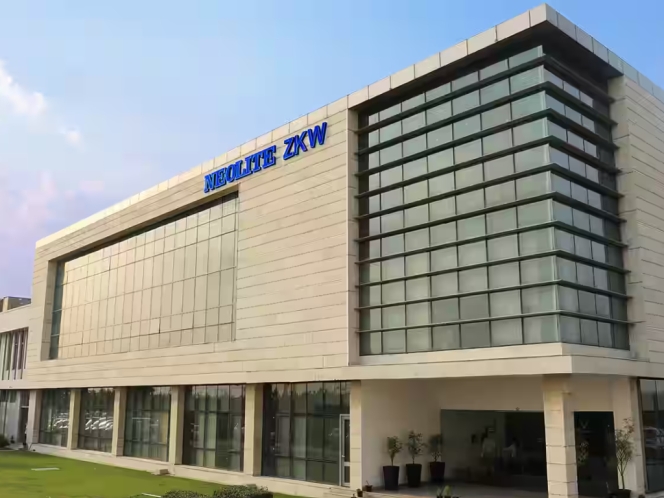
Haryana-headquartered Neolite ZKW Lightings, an automotive lighting manufacturer, has filed a Draft Red Herring Prospectus (DRHP) with the Securities and Exchange Board of India (SEBI) for an initial public offering (IPO).
The IPO comprises a fresh issue of equity shares worth up to INR 4 billion and an offer for sale (OFS) of INR 2 billion by existing shareholders, including Rajesh Jain, Neokraft Global Private and ZKW Group.
The company intends to allocate the net proceeds from the fresh issue to expansion and financial goals. This includes a new greenfield facility at an estimated investment of INR 1.5 billion in Kancheepuram, Tamil Nadu. An estimated INR 790 million towards plant, machinery and electronic expansion at current sites. Furthermore, INR 650 million towards repayment or prepayment of borrowings.
Founded in 1992, Neolite ZKW holds a 34.43 percent market share in India's commercial vehicle lighting segment for FY2025. The company maintains a strategic alliance with the ZKW Group, a subsidiary of LG Electronics.
The company operates three manufacturing units in Bahadurgarh and Pune, serving over 40 OEMs including Tata Motors, Stellantis and Daimler. Its portfolio includes 830 SKUs, with a focus on LED and electric vehicle (EV) lighting solutions.
For FY2025, the company reported INR 5.12 billion in revenue, of which exports contributed 55.08 percent share. The net profit for FY2025 came at INR 528.24 million, as against INR 155.85 million in FY2023. The order book as of 31st October 2025, stands at INR 1.71 billion.
At present, the company exports to over 50 countries, including regions in North America and Western Europe, positioning it as a significant Indian exporter of automotive components.
NHAI And Vertis Infrastructure Deploy Truck Mounted Attenuators For Highway Safety
- By MT Bureau
- December 27, 2025
Officials from the National Highways Authority of India (NHAI) and Vertis Infrastructure Trust have introduced Truck Mounted Attenuators (TMAs) to improve safety in highway work zones. The technology is designed to protect road workers and motorists in high-speed traffic environments.
Work zones currently represent high-risk areas on the Indian road network due to vehicle speeds and limited protective buffering. TMAs serve as a standard safety solution in the US and Europe and are now being scaled across Indian national highway projects.
A truck-mounted attenuator is an impact-absorbing crash cushion fitted to the rear of service vehicles. Its primary functions include:
- Energy Absorption: In a rear-end collision, the unit absorbs the kinetic energy of the impacting vehicle.
- Controlled Deceleration: The system brings the vehicle to a halt in a manner that reduces the risk of fatal injuries to occupants and workers.
- Track Record: Since initial testing on Indian roads in 2021, the technology has been credited with saving more than 100 lives.
The current rollout consists of 20 TMAs. Eight units were inaugurated during the launch event, which included a live demonstration and technical walkthrough. The remaining 12 units are scheduled for delivery within the next ten days.
Ankit Yadav, NHAI, said, “NHAI aims to move towards zero-fatality corridors across national highways. The adoption of technologies such as Truck Mounted Attenuators plays a critical role in improving work-zone safety and reducing avoidable loss of life.”
Dr. Zafar Khan, Joint Chief Executive Officer, Vertis Infrastructure Trust, said, “Our effort has always been to bring practical, globally proven safety solutions to Indian roads. Reaching the TMA stage is about protecting people working in some of the most vulnerable conditions on highways.”
The initiative forms part of a broader strategy to integrate safety technology into India's infrastructure growth, prioritising the reduction of accidents in active construction and maintenance zones.
- Maruti Suzuki India
- MIT Institute of Design
- Association of Designers of India at VIT
- Strate School of Design
- Hisashi Takeuchi
- Design Challenge
Maruti Suzuki India Concludes First Design Challenge For Students
- By MT Bureau
- December 26, 2025

Maruti Suzuki India, the country’s largest passenger vehicle manufacturer, has completed its first Design Challenge, a competition involving more than 400 students from 70 design institutes. Participants were tasked with designing a compact car, focusing on mobility solutions for the Indian market.
Teams from the MIT Institute of Design (Pune), the Association of Designers of India at VIT (Vellore) and the Strate School of Design (Bengaluru) secured the top three positions. The winning teams received cash prizes and six-month internships with the Maruti Suzuki design department.
The competition consisted of four evaluation rounds. The initiative is intended to provide students with exposure to the automotive industry and professional design environments.
The top 3 teams were awarded internships to work alongside company designers on future models. The next 7 teams received gift vouchers and potential internship opportunities pending further assessment. The challenge included students from both Indian and global design institutions.
Hisashi Takeuchi, Managing Director & CEO, Maruti Suzuki India, said, “India is a land of immense talent and innovation, with creativity thriving across every field. At Maruti Suzuki, we were already engaging with young start-ups to find mobility solutions. With the Maruti Suzuki Design Challenge, we expanded our open innovation efforts to provide a suitable platform to young designers where they gain real-world industry experience in automobile design. As design plays a pivotal role in shaping customers’ decision-making, it is vital to engage with young minds who bring fresh perspectives and challenge conventional thinking. The Maruti Suzuki Design Challenge reflects our commitment to cultivate automotive design talent and co-create future-ready mobility solutions with young India.”
The project forms part of the company's ‘open innovation’ strategy, seeking to integrate external perspectives into its vehicle development process.
Ola Electric Receives INR 3.66 Billion In PLI-Auto Incentive For FY2025
- By MT Bureau
- December 25, 2025
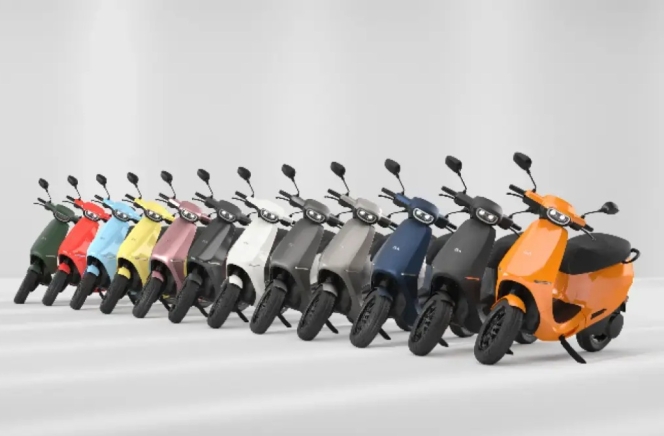
Bengaluru-based electric vehicle maker Ola Electric has received a sanction order from the Ministry of Heavy Industries for incentives totalling INR 3.66 billion. The payment is granted under the Production Linked Incentive (PLI) Scheme for Automobile and Auto Components for FY2024-25.
The incentive relates to the Determined Sales Value for the period and will be disbursed through IFCI, the financial institution appointed by the government for the scheme.
The PLI-Auto Scheme is an initiative by the Government of India designed to increase domestic manufacturing and the adoption of advanced automotive technologies. Ola Electric’s eligibility for the claim is based on its vertical integration and localisation of electric vehicle (EV) components.
“The sanction of INR 3.66 billion under the PLI-Auto Scheme is a strong endorsement of Ola Electric’s manufacturing capabilities and our commitment to building world-class EV technology in India. This incentive recognises our sustained efforts in scaling domestic production, deepening localisation, and driving innovation across the electric mobility value chain. We remain committed to supporting the Government of India’s vision of making India a global hub for advanced automotive manufacturing and clean mobility,” said the company in a statement.


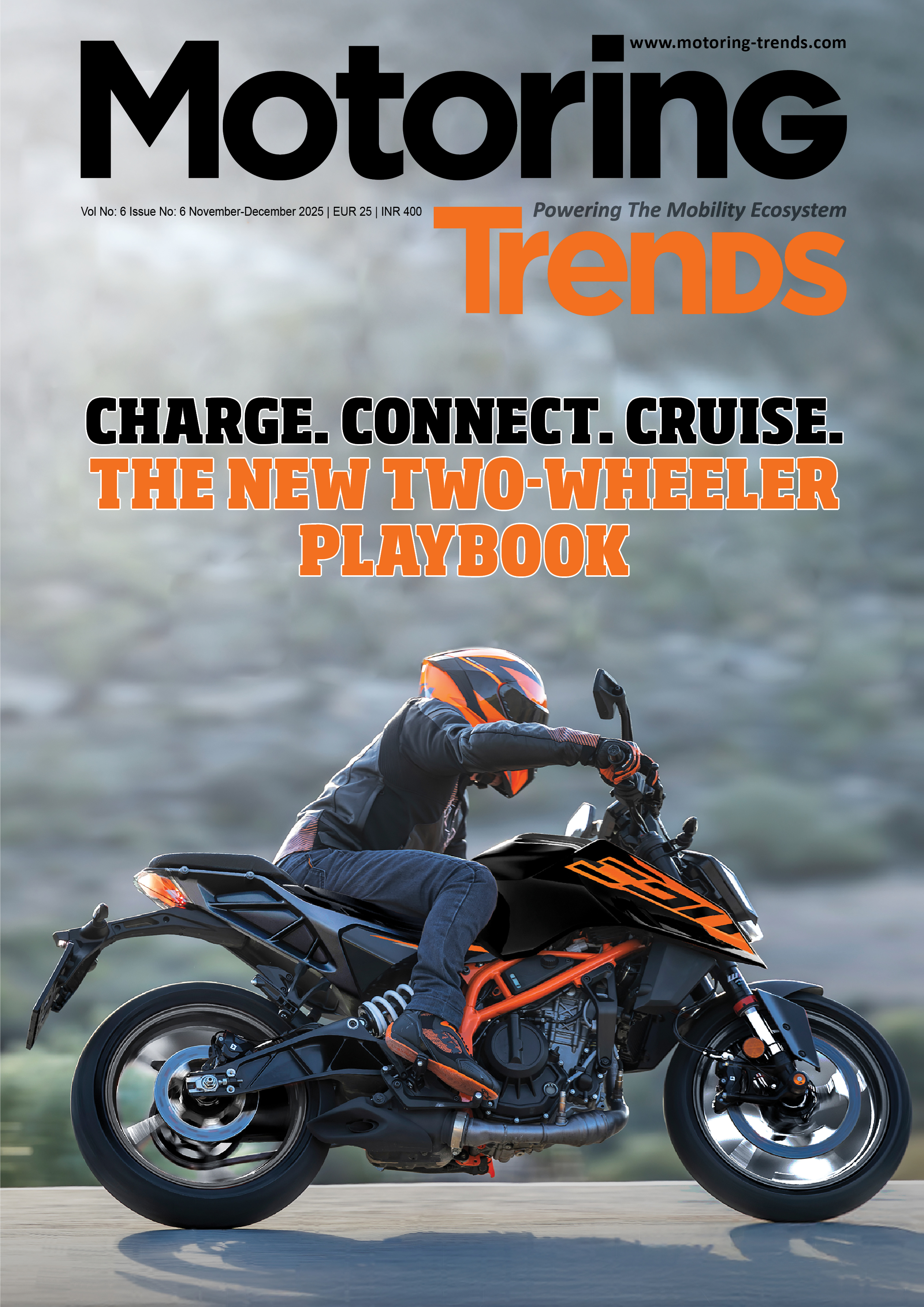
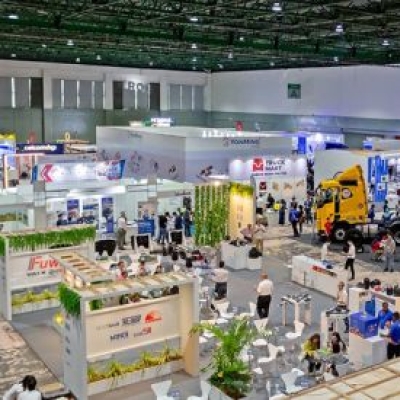
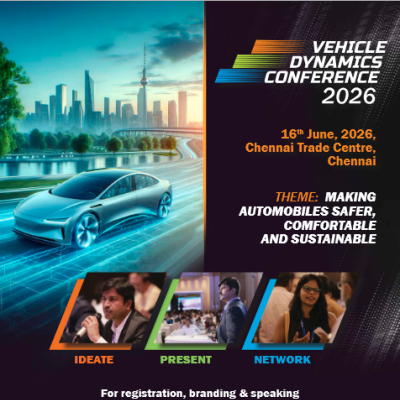
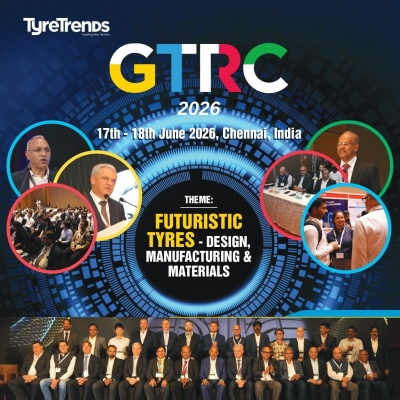
Comments (0)
ADD COMMENT